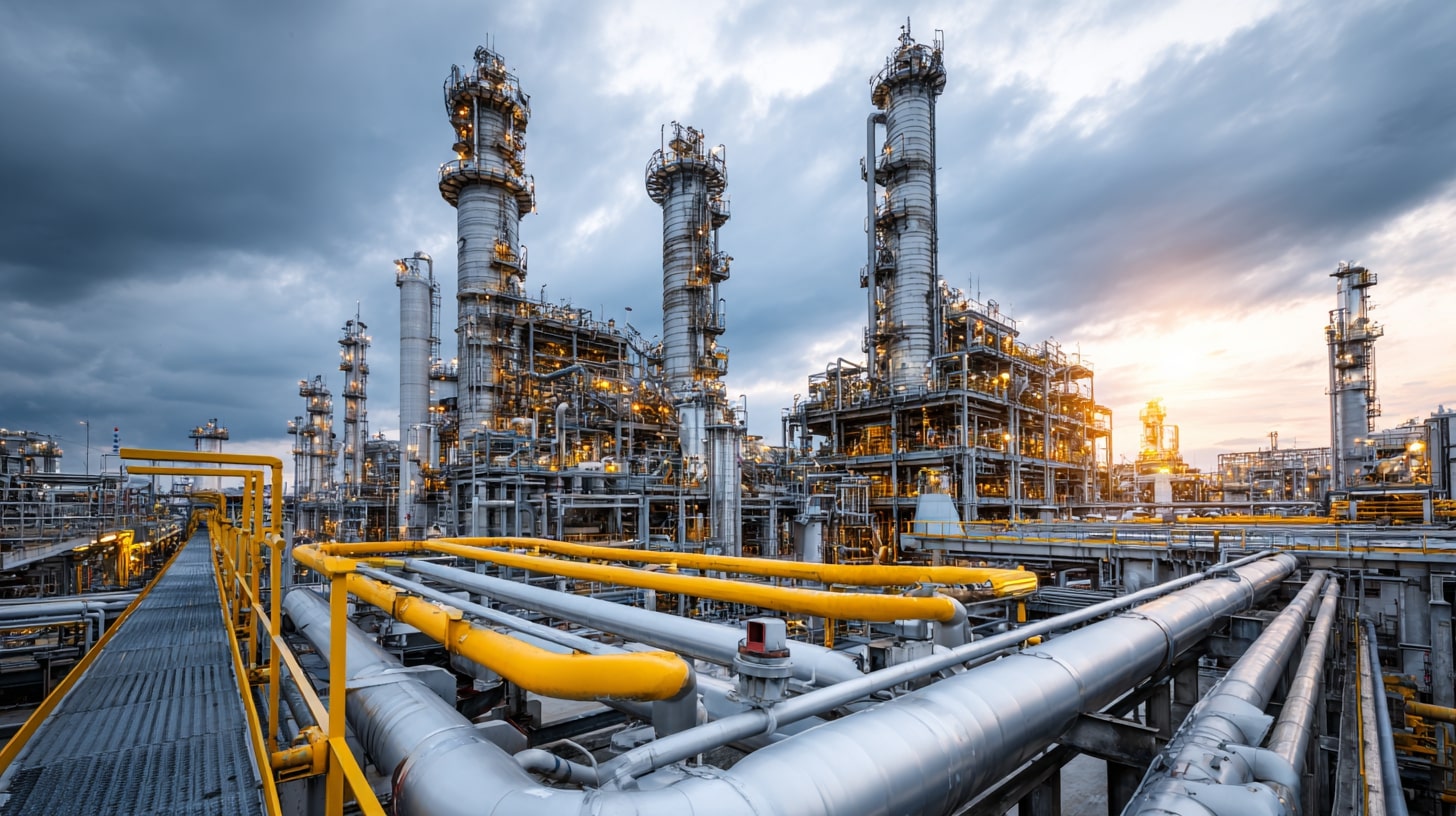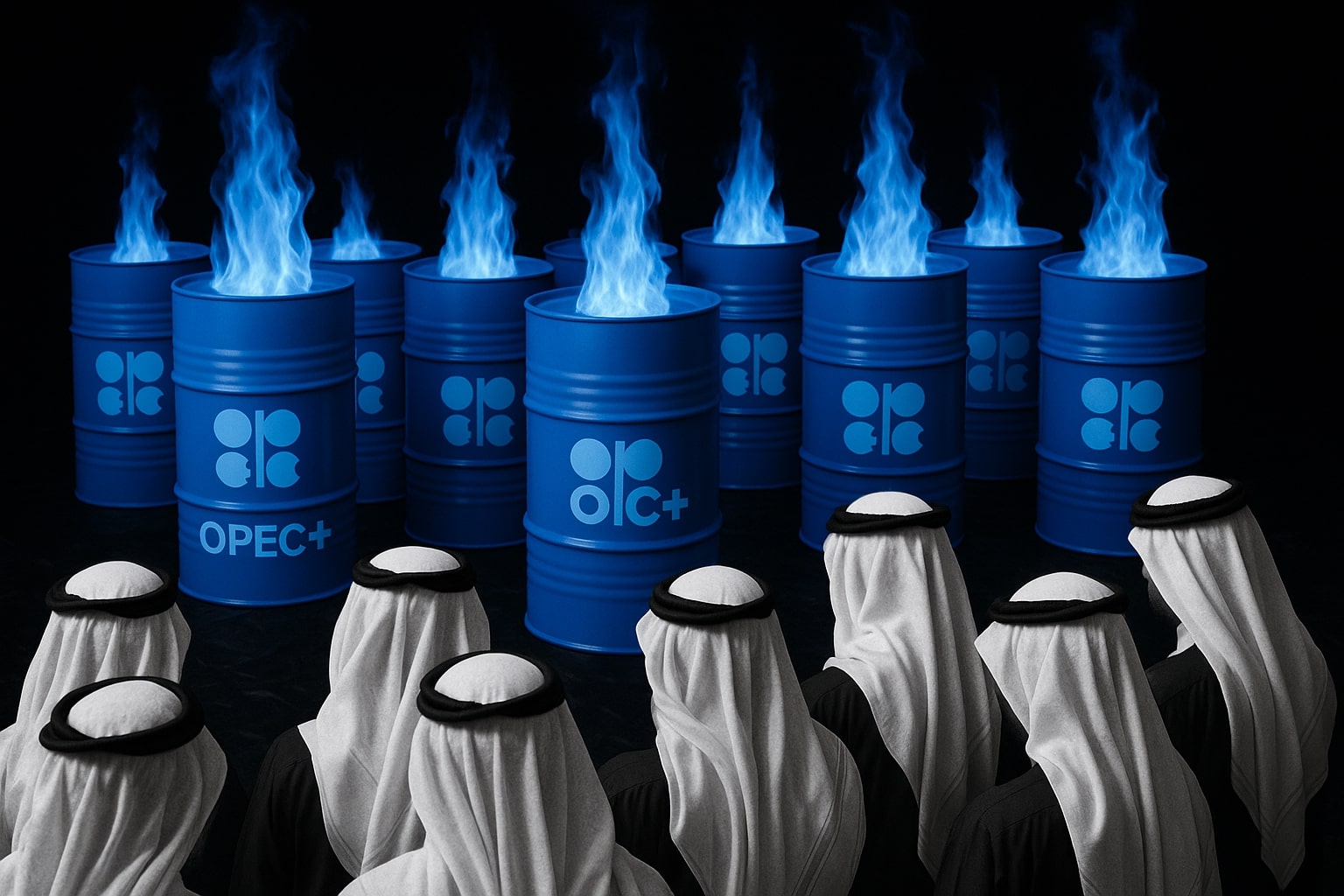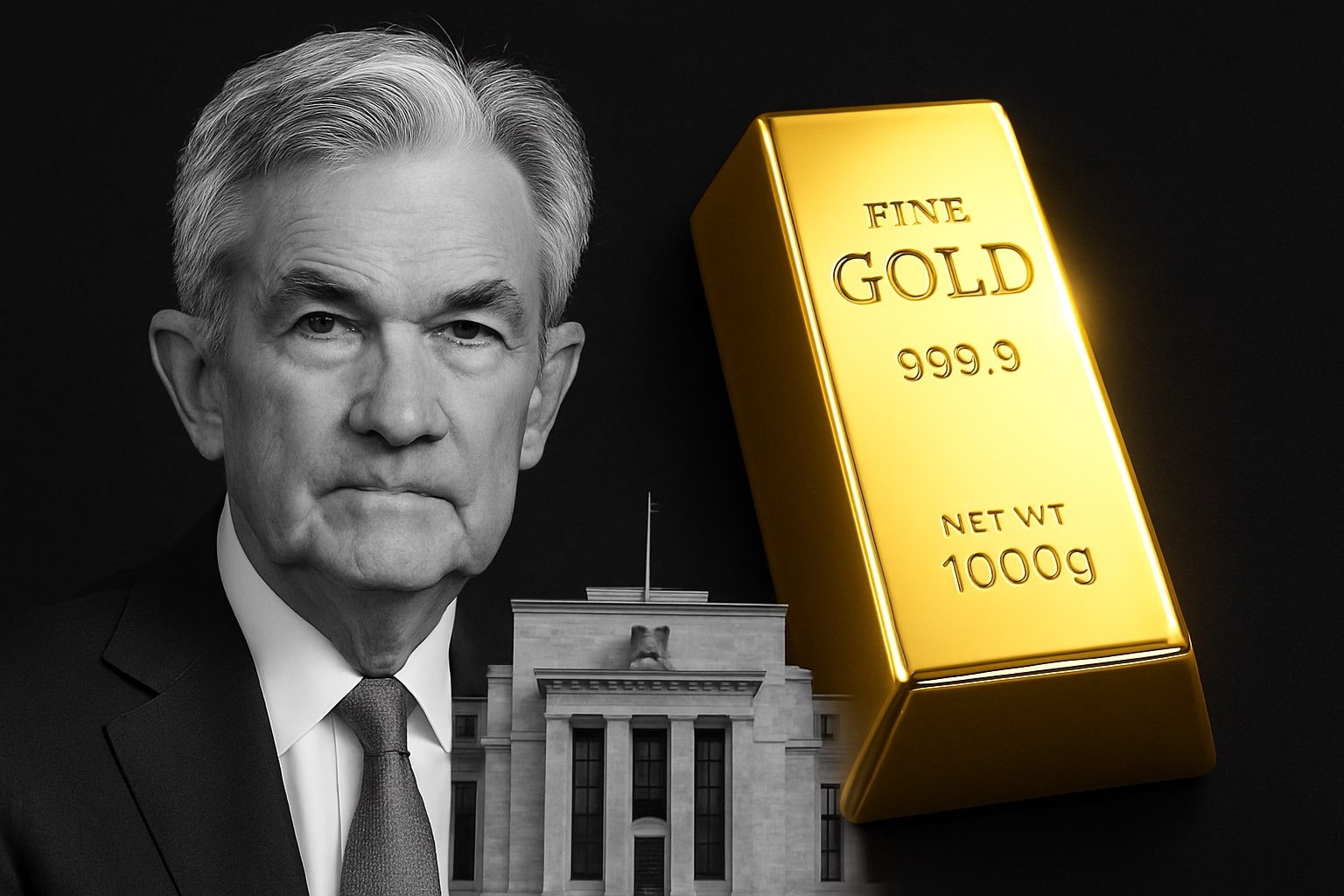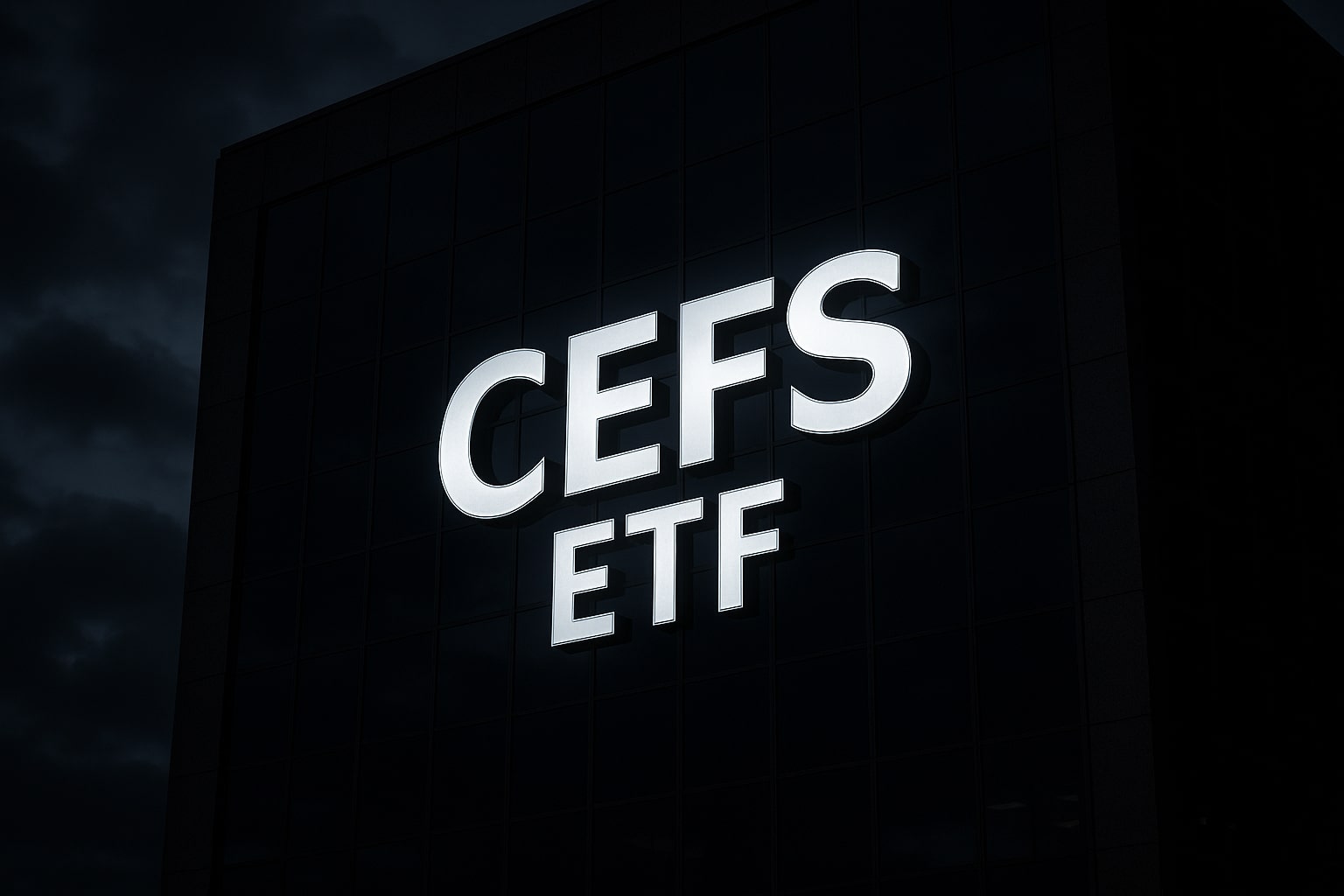
Copper Price Forecast – HG=F Struggles Below $10,000 Amid Supply and Demand Shifts
Structural Deficits Drive Long-Term Bullish Case, But Aluminium Substitution Caps Upside | That's TradingNEWS
Copper Price Outlook for HG=F Near $10,000 as Supply Strains Persist
Copper futures (HG=F) are consolidating near $9,969 per tonne on the LME and $4.62 per pound on COMEX after briefly touching $10,038, their strongest since March. The red metal remains up 14% year-to-date, supported by expectations of U.S. rate cuts, a softer dollar, and constrained inventories. While macro sentiment has stabilized prices, China’s demand profile and substitution trends remain critical to the forward outlook.
China’s Influence on Copper Demand Signals Mixed Trajectory
China still drives nearly 60% of global refined copper demand, yet August PMI data showed a steep contraction in factory activity, raising concerns about short-term consumption. Imports of copper concentrate surged to record highs in early 2025 but eased mid-year as smelters throttled runs. At the same time, premiums for imported copper are climbing, and inventories remain unusually low. Scheduled maintenance in several smelters for September is expected to reduce output temporarily, which should support prices, but the broader question is whether slowing industrial production offsets the structural grid and renewable build-out.
Global Supply Dynamics Highlight Mounting Deficits
Worldwide mined copper output totaled 22.8 million tonnes in 2024, with Chile, Congo, and Peru accounting for nearly half of production. The International Energy Agency projects mined copper will peak around 24 million tonnes before 2030, then decline sharply as ore grades deteriorate and new discoveries lag. The IEA forecasts a 30% shortfall by 2035, equating to a 909,000-tonne annual deficit, unless $350 billion in new mine investment is deployed. Evidence of strain is clear in concentrate treatment charges, which fell to negative $62.10 per tonne in August, showing smelters are effectively paying miners to secure material.
Tariffs and U.S. Trade Disruptions Push Copper Into Volatility
In July, U.S. tariffs of 50% on imported semi-finished copper briefly drove HG=F to $5.69 per pound, a record high. The clarification that refined copper and ore would be excluded quickly pulled futures back below $5.00, but not before importers stockpiled 810,000 tons in the first half of 2025, up 50% year-on-year. That surge created localized tightness outside the U.S., pushing European and Asian buyers to scramble for supply. Now, re-exports of surplus U.S. copper are expected, adding volatility across global benchmarks.
Aluminium Substitution Expands as Copper Prices Stay Elevated
With copper at $9,820 per tonne and aluminium at $2,620, the price ratio of 3.7x is well above the substitution trigger level. HVAC manufacturers now source 40% of their components from aluminium, double the share of five years ago. In the EV sector, copper content per vehicle has fallen from 90kg to about 40kg, as aluminium cables gain 10% penetration. Daikin Industries has already announced plans to halve copper in its AC units by 2025. Even under a 50% U.S. tariff, manufacturers are absorbing higher aluminium costs because overall economics still favor aluminium against copper.
Read More
-
CEFS ETF Slips to $22.60 While YTD Momentum Remains Intact
14.11.2025 · TradingNEWS ArchiveStocks
-
XRPI Falls to $13.30 and XRPR to $18.61 as XRP ETF Launch Sets $250M Record
14.11.2025 · TradingNEWS ArchiveCrypto
-
Natural Gas (NG=F) Stalls Below $5.00 After A 40% Winter Rally
14.11.2025 · TradingNEWS ArchiveCommodities
-
USD/JPY Price Forecast - Yen Climbs Toward 155.00 As Policy Divergence and Missing U.S. CPI
14.11.2025 · TradingNEWS ArchiveForex
Technical Signals Keep HG=F Biased Toward Upside Targets
Copper futures remain supported by critical levels, with $4.26 and $4.09 per pound as the key downside markers. Above $4.62, the market is preparing to challenge $4.75, a breakout level that, if cleared, sets the stage for $5.20. Momentum indicators lean bullish: RSI readings remain elevated, and the consolidation pattern resembles an accumulation phase. A break under $4.26, however, would shift sentiment rapidly, opening a slide back toward $4.09.
Structural Drivers From AI, Renewables, and EVs Reinforce Long-Term Case
AI data centers alone could account for 1–2% of global copper demand by 2030, according to the IEA, given their outsized power draw. Renewable energy installations require 2–5x the copper intensity of traditional power, while EVs will still average 40–60kg of copper per unit despite efficiency gains. India, currently at 3% of global demand, is on course to hit 10% by 2050, overtaking the U.S., while Vietnam is projected to rise from 1% to 6%. These shifts show how copper remains central to global electrification despite substitution pressures.
Balancing the Risks: Tight Supply Versus Demand Substitution
Copper above $10,000 per tonne illustrates a market squeezed by supply constraints yet capped by substitution pressures and uneven Chinese demand. Fastmarkets’ outlook for a near 1 million-tonne deficit by 2035 signals structural bullishness, but aluminium’s growing penetration is undeniable. With HG=F stabilizing around $4.62, traders eye $4.75–$5.20 as the next near-term targets, but volatility tied to tariffs, Chinese PMI prints, and global trade flows will keep copper’s trajectory sharp and unstable.



















